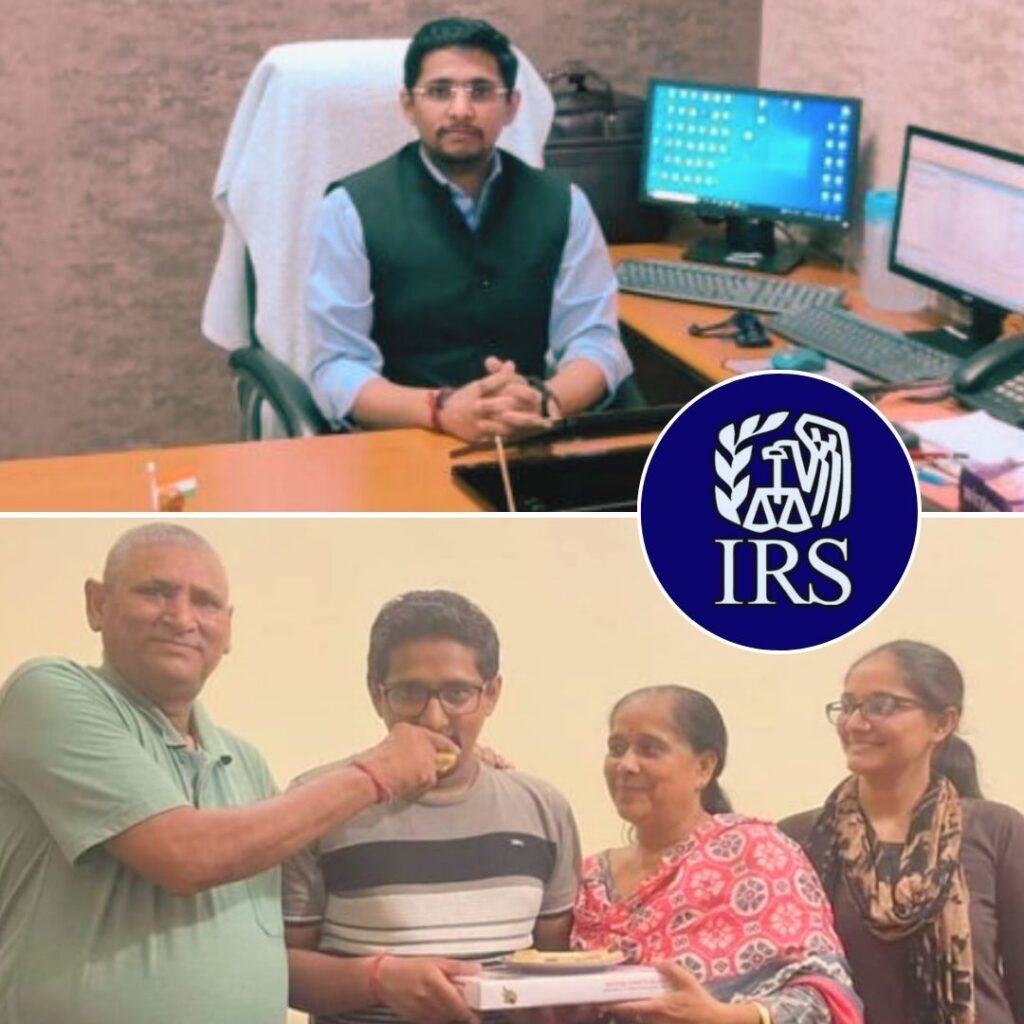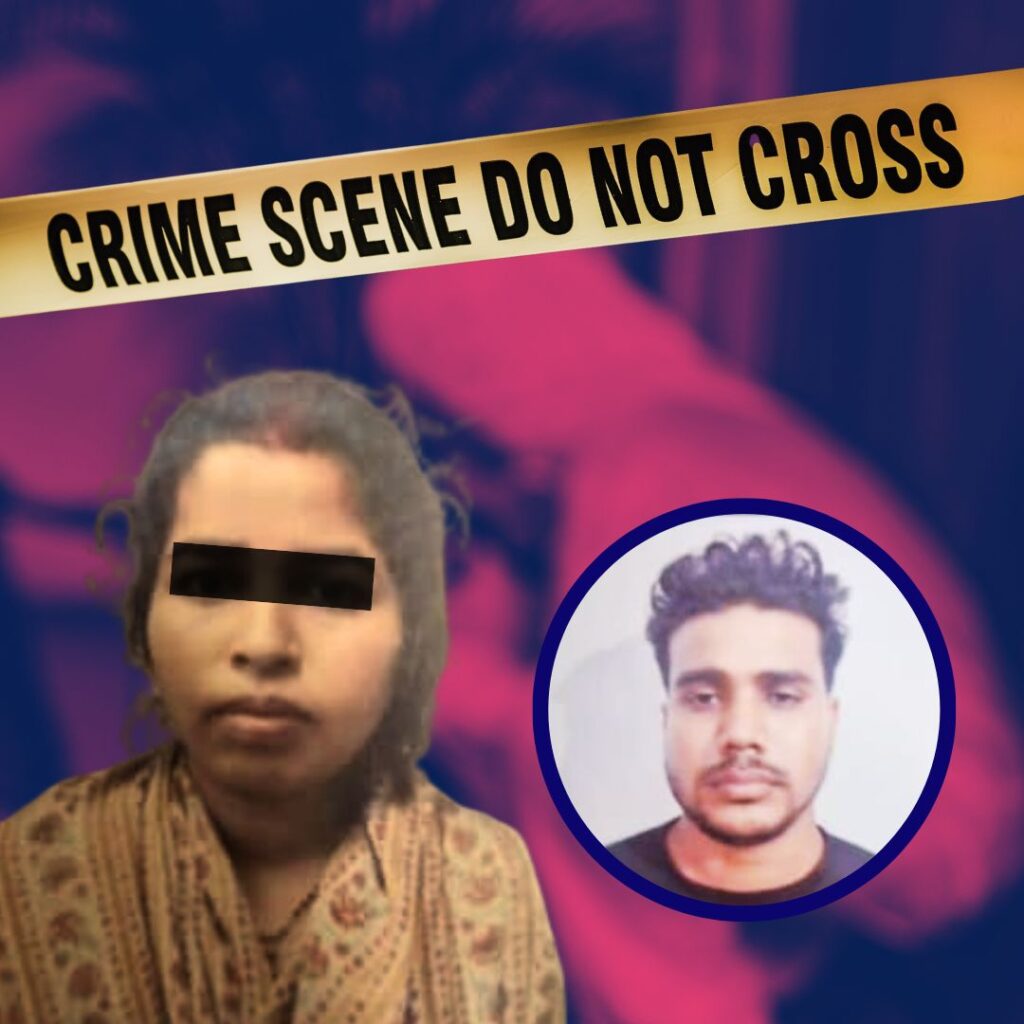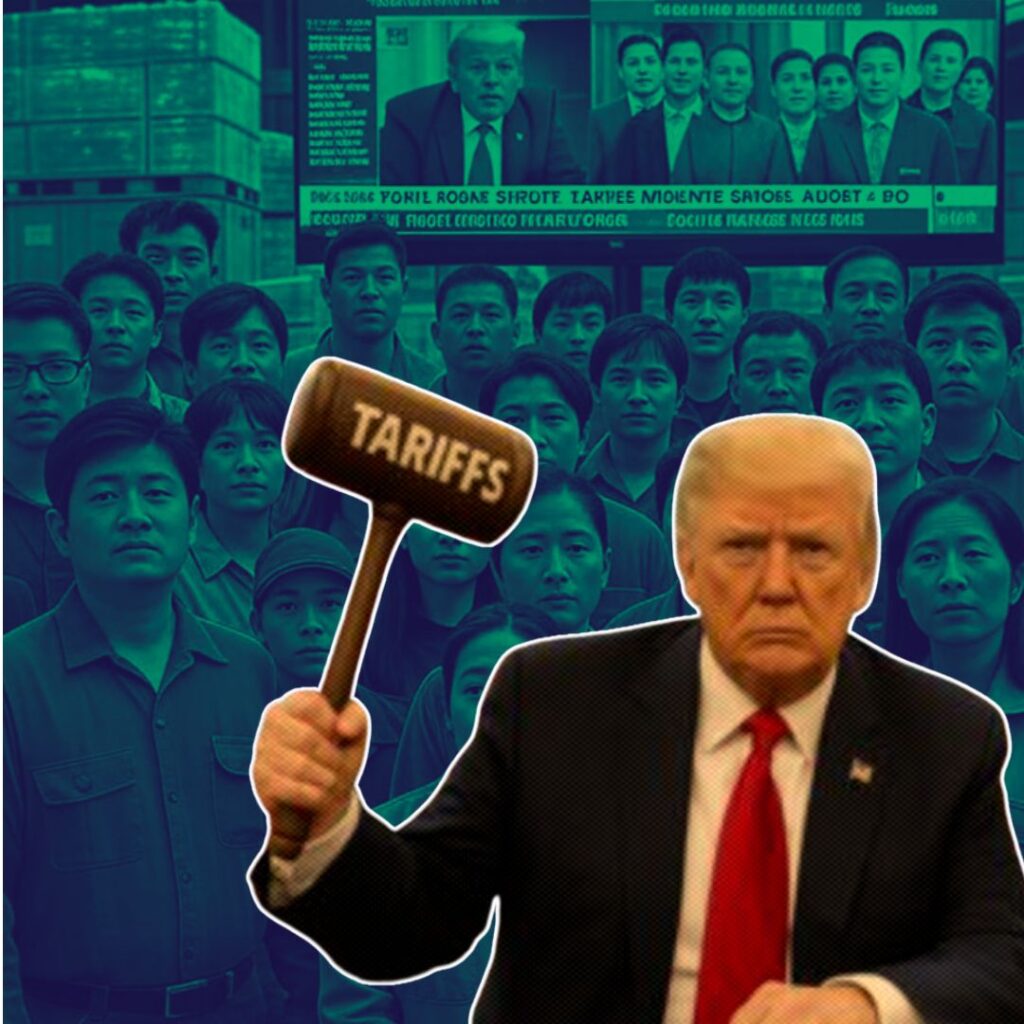It has been 27 years since the 1993 Sopore Massacre befell the quaint north-western apple town of the Kashmir valley.
A glaring example of the use of brute and violent force by the Indian Army in the Valley, it refers to the morning of 6th of January in 1993 when the Indian Border Security Force (BSF) went on a fevered 4-hour-long killing spree leaving 57 people dead and over 400 buildings charred and rubbled.
Of a land burdened with remembrances of many bloody carnages such as Gawkadal, Handwara, Kunan Poshpora, Kupwara, Bijbehara, the Sopore massacre is one of the rare few that have been acknowledged by the Indian state.
The acknowledgement first came in the form of the acceptance of a First Information Report, that was filed in Sopore in 1993, registered as ‘FIR Number 8/1993’ by Muhammad Ilyas – president, Anjaman-i-Munir-ul-Islam. The FIR accused the BSF of killing 57 people and burning down a total of 400 houses and shops in the town.
The report charged the 94th Battalion of BSF under sections 302 (murder), 307 (attempt to murder) and 436 (mischief by fire or explosive substance with intent to destroy houses) of the Ranbir Penal Code (RPC).
Ranbir Penal Code was Jammu and Kashmir’s version of the Indian Penal Code (IPC) which now stands null and void post abrogation of Article 370.
In response to the FIR filed by Muhammad Ilyas, the Border Security Force filed a counter FIR, registered as ‘FIR Number 9/1993’ under the same sections of the RPC charged in FIR Number 8, in addition to Section 3 (25) of the Indian Arms Act, and Section 4 (iii) of TADA (Terrorism and Disruptive Activities Act), accusing the villagers of cross-firing and subsequent damage to the armed battalion.
The high number of casualties that shook the world’s press, even caused the TIME Magazine to print its version of the massacre under the headline: ‘Blood Tide Rising‘ with an introduction that read: “Perhaps there is a special corner in hell reserved for soldiers who fired their weapons indiscriminately into a crowd of unarmed civilians.”
This case of brutal carnage had taken place against the backdrop of a communications blackout that the valley was suffering from since several months. Communication servers with the rest of India were paralysed after a micro-wave transmission tower was attacked. The government had accused separatist militants of causing the blackout, but the militant outfits then had claimed that the government had imposed it ‘to shield its ruthless tactics from scrutiny’.
The United Kingdom’s Independent had covered the mass murder from its New Delhi desk a few days after its occurrence. It reported that senior officials in India had “admitted that members of the paramilitary had gone on a ‘shameful’ rampage of killing in the mountainous state of Kashmir on Wednesday (6th Jan 1993).
The then Indian government, under the prime ministership of P V Narasimha Rao, had claimed that the high casualties were the result of an intense gun battle between the BSF soldiers and terrorists in which explosives belonging to the militants had exploded, spreading fire to nearby buildings. “But this version failed to explain why so many of the bodies were riddled with bullets” the Independent had said.
Among the 57 dead civilians, 48 had died due to bullet injuries and 9 were burnt alive, Rising Kashmir reported eyewitnesses saying.
On the day that succeeded the massacre (7th January 1993, Thursday), innumerable Kashmiris, mostly women, defied a government-imposed curfew to protest on the streets of Sopore, against the actions of the BSF soldiers.
The Indian government very quickly ordered an official inquiry into the incident due to what is speculated to be a consequence of tremendous public and international pressure. The incumbent state governor Girish Saxena was commanded to visit the wrecked area and the Prime Minister’s Office authorised a payment of Rs 1 lakh as compensation to the relatives of the deceased. The state’s healing touch was met with the Left’s criticism who demanded that a parliamentary delegation be sent to Kashmir to inspect the excesses of the armed forces in the region.
Nevertheless, the government set up a one-person commission of inquiry on January 30, 1993, comprising of Justice Amarjeet Choudhary to look into the details of the incident. Between 30 January 1993 and 30 April 1994, the one-person commission visited Jammu and Kashmir once. Subsequently, the government called its own commission a ‘farce’ and wound it up, procuring no report from Justice Amarjeet Choudhary.
Simultaneously, FIR Number 8/1993 was referred to the Central Bureau of Investigation (CBI) in the same month, which took 20 years to complete its investigation.
In 2013, when the CBI finally came out with its report, it stated that: “The list of 51 victims submitted by the complainant was cross-checked with the records collected by the CBI during the investigation and it was found out that out the 51 persons, names of 33…











